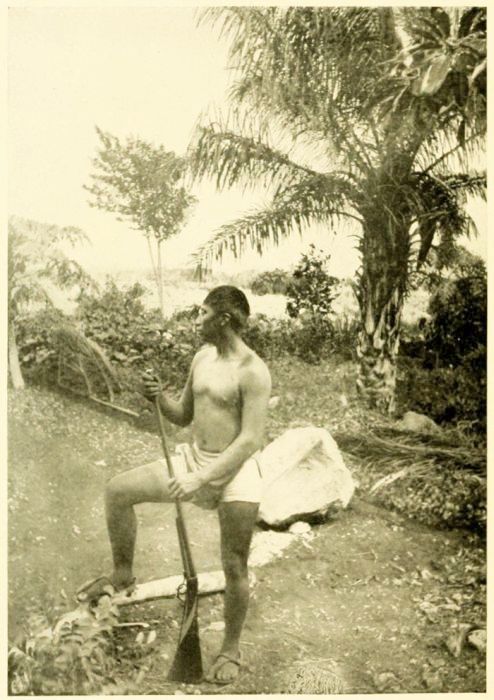
A MAYAN INDIAN.
[Frontispiece.]
THE
AMERICAN EGYPT
A RECORD OF TRAVEL IN YUCATANCHANNING ARNOLD
AND
FREDERICK J. TABOR FROST
HUTCHINSON & CO.
PATERNOSTER ROW
1909
ALICE ALTHEA ARNOLD
PREFACE
In publishing the present volume, it is our privilege toproduce the first book ever written by Englishmen onYucatan—that Egypt of the New World, where, it is nowgenerally admitted, Central American Civilisation reached itsapogee—and to be, for the present at least, the only Englishmenwho can claim to have explored the uncivilised north-easternportions of the Peninsula and the islands of her eastern coast.Mr. A. P. Maudslay, who in 1889 made a lengthy stay at anda detailed survey of Chichen, has done yeoman service toCentral American archæology by his years of patient work(alas! too little appreciated) in Guatemala, in the Usumacintadistrict and Southern Mexico.
Work, and wonderful work, has been done in civilisedYucatan by bands of earnest labourers from the States,from Germany, and from France. Among these the mostnotable is the late J. L. Stephens, the American traveller,who visited Yucatan in 1842, and who is justly regardedas the Father of Mayan archæology. In his footsteps hasfollowed, during recent years, Mr. Edward H. Thompson,one of the most painstaking and accomplished of Americanarchæologists. France has been represented by M. DesiréCharnay, and latterly by Count Perigny. Of the Germanfield-workers the most assiduous have been Professor Seler,T. Maler, and K. Sapper; while all who wish to see theMayan problem solved must pay a meed of thanks to theeminent Professor Forstemann for his attempts to decipherthe inscriptions, even if they feel, as do we, that he hasallowed his enthusiasm to lead him too far astray on awill-o'-the-wisp path of inquiry and theory.
The problem reviewed in this volume is a profoundlyinteresting one. The ethnology of the Americas presentsa problem as yet unsolved. The a